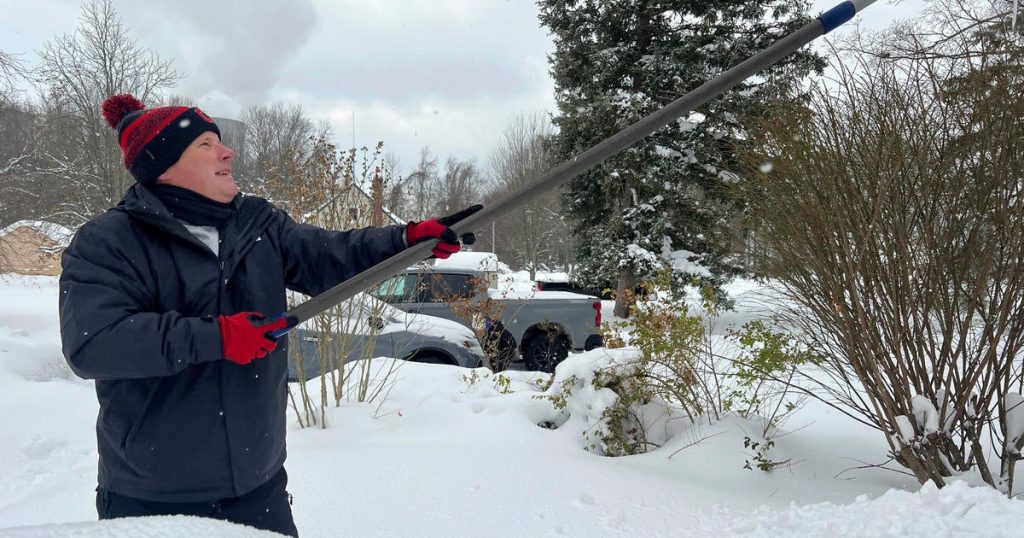A major winter storm is expected to bring heavy snow, ice, and frigid temperatures to the central U.S. and then move eastward over the next few days. The National Weather Service has issued warnings about deteriorating road conditions and severe travel delays as the storm system moves towards the Mid-Atlantic region. Major airlines such as American, Delta, Southwest, and United have waived change fees for travelers affected by weather-related flight disruptions.
By Saturday evening, heavy snow is expected in areas between central Kansas and Indiana, with the potential for at least 8 inches of snow. The storm will then move into the Ohio Valley and reach the Mid-Atlantic states by Sunday into Monday, leading to severe travel disruptions. Blizzard conditions may occur in Kansas and nearby areas due to high winds and heavy snowfall, making driving dangerous and potentially leading to stranded travelers.
In addition to heavy snow, freezing rain and sleet are expected to impact areas from eastern Kansas to the Ozarks, posing the threat of power outages and treacherous travel conditions. As the storm system moves eastward, bone-chilling air and frigid temperatures will affect hundreds of millions of people in the eastern two-thirds of the country. Wind chills are expected to be well below historical averages, with the potential for the coldest January since 2011.
The extreme weather conditions may be a result of a fast-warming Arctic, highlighting the influence of climate change on weather patterns. The polar vortex, a band of ultra-cold air that typically stays above the North Pole, can occasionally move southward, bringing cold temperatures to regions like the U.S., Europe, and Asia. Research has shown that the warming Arctic is contributing to more frequent and intense cold outbreaks. Climate scientists warn that despite global warming trends, cold snaps and extreme weather events like the impending winter storm can still occur.


